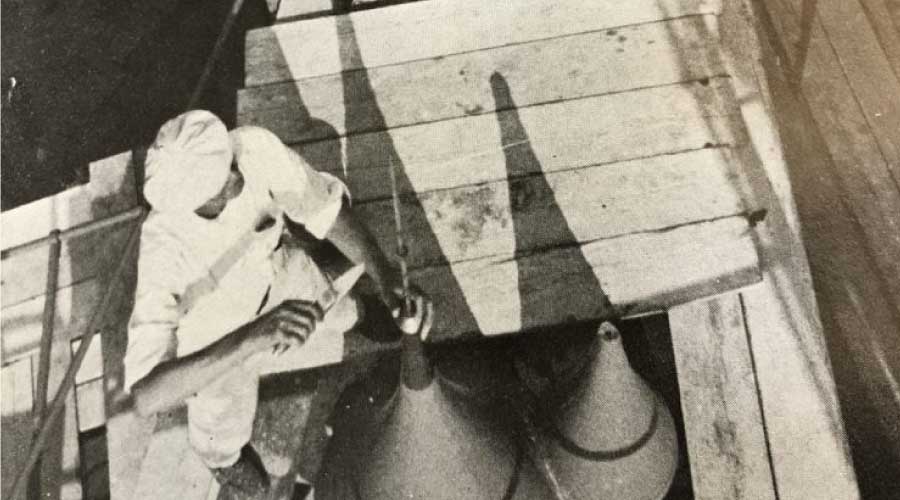Effectively Implementing a Facility Renewal Program
MD Anderson Cancer Center's facility renewal program takes maintenance from reactive to proactive
The job of leading the FRP process fell to Patel.
“I was assigned to lead the effort,” he says. “That means putting a multidisciplinary team together within facilities but also collaborating with external stakeholders. So we got input from research leadership, outpatient and inpatient healthcare leadership, IT — many other stakeholders that help us to maintain our infrastructure.”
To ensure success in a large organization with many stakeholders, the process had to be carefully structured.
“My job was to create a collaborative culture where everyone could work together, provide input and ideas, set milestones and targets, and help us as a team achieve those milestones and hit the target dates in order to develop the full program.”
The various groups within MD Anderson’s operations and maintenance department were involved throughout the planning and implementation process for the renewal program.
“The O&M groups also were integral to this process, which takes into account three or four areas,” Patel says. “One is a facility condition assessment that was conducted by a consultant. We also brought in our aesthetics team to provide updates on the condition of our environments.
“The third part is O&M staff, who essentially determined how O&M needs are brought into the program — how are they vetted and prioritized. They were included every step of the way as key stakeholders because their involvement in maintaining the infrastructure is critical. If there was no ability for them to identify needs and bring them to the table, we would have missed a big part of our infrastructure.”
Identifying needs included using information on facility conditions to prioritize upgrades, improve conditions and support the center’s priorities and goals.
“Our priority was to take the deficiencies that were identified and determine the items that needed to be addressed within one to two years, three to five years, and five years and beyond, whether they were infrastructure or aesthetics needs,” Patel says. “Once we were able to prioritize our needs, we were able to allocate resources to the most critical needs. This also resulted in a multi-year plan for capital renewal and replacement versus just going from year to year.”
The process required a system that enabled the team to assess and assign values to the facilities’ needs and projects.
“We developed an aesthetics and an MEP matrix that allows us to score each need and prioritize by that score and ensure we’re addressing the top needs first across the institution,” he says. “That has been a critical benefit because if there’s a change in a strategy or new emphasis in a certain area, we can re-prioritize according to those needs and make sure we are always strategically aligned with the institution.”
Related Topics:














